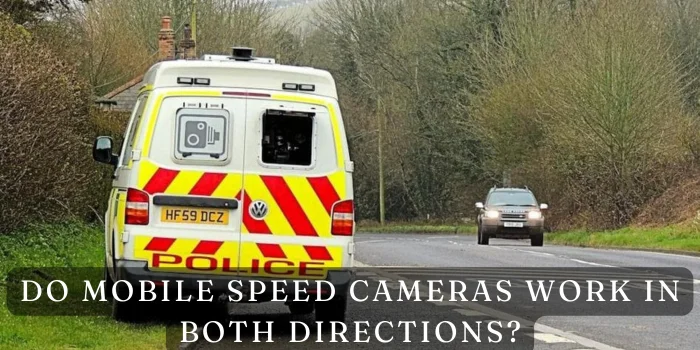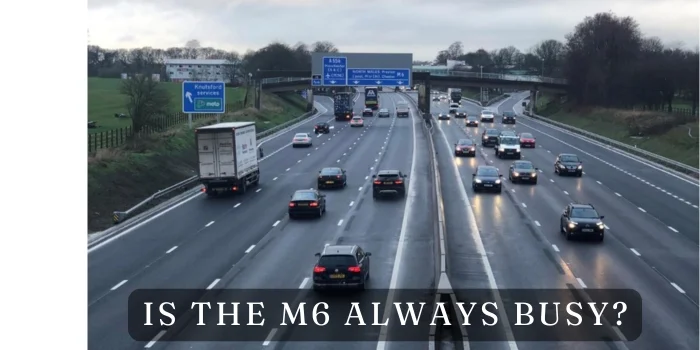Which Sign Shows That You Are Entering a One-Way System?
Navigating roads can be tricky, especially when encountering various signs and signals. One sign that’s particularly crucial to recognize is the one-way system sign. These signs help maintain smooth traffic flow and prevent accidents. Knowing how to spot them can make your driving experience safer and less stressful.
What is a One-Way System?
A one-way system is a road or a series of roads where vehicles can only travel in one direction. This system is usually implemented to manage traffic in congested areas, reduce accidents, and make it easier for drivers to navigate tight spaces. You’ll often find one-way systems in city centres, near schools, and in residential areas where space is limited.
The Importance of One-Way Signs:
One-way signs are more than just pieces of metal on a pole. They play a vital role in keeping drivers safe by directing traffic in a controlled manner. These are necessary for Roads to be smooth without these signs, with vehicles moving in all directions, leading to confusion and accidents. Ignoring a one-way sign can endanger your life and put other road users at risk.
Recognizing the One-Way System Sign:
Appearance of the One-Way System Sign:
The one-way system sign in the UK is easy to recognize if you know what to look for. Typically, it’s a blue circular sign with a white arrow pointing straight ahead. This arrow indicates the direction in which traffic is allowed to move. The blue background is a standard colour used in the UK for mandatory instructions, meaning the sign must be followed.
Variations of One-Way Signs:
While the classic blue sign with a white arrow is the most common, variations depend on the location and specific road needs. Some one-way signs might include additional information, such as arrows showing the allowed direction at intersections. Understanding these variations ensures you drive in the correct direction, even in unfamiliar areas.
Where You’ll Find One-Way Signs:
One-way signs are typically found in areas where traffic needs to be tightly controlled.
Urban Areas and City Centers:
One-way systems are common in city centres, with narrow roads and heavy traffic. These signs help prevent bottlenecks and keep traffic flowing smoothly, especially during rush hour. They are also commonly used in areas with high pedestrian traffic to reduce the risk of accidents.
Residential Neighborhoods:
In residential areas, one-way signs help reduce traffic congestion and ensure vehicles move smoothly through narrow streets. These signs are often placed at the entrances to one-way streets or at intersections where the direction of traffic changes.
What to Do When You See a One-Way Sign:
Seeing a one-way sign means you need to adjust your driving.
Adjusting Your Driving Behavior:
When you encounter a one-way sign, ensure you’re moving in the direction indicated. Avoid making turns that go against the direction of the arrow. Driving the wrong way in a one-way system can lead to dangerous head-on collisions.
Consequences of Ignoring the Sign:
If you ignore a one-way sign, you could face serious consequences. Besides the obvious safety risks, you might receive a fine or penalty points on your license. In some cases, driving the wrong way on a one-way street could lead to more severe charges, mainly if it results in an accident.
Other Signs Associated with One-Way Systems:
No Entry Signs:
Often paired with one-way signs, No Entry signs are placed at the opposite end of a one-way street to prevent vehicles from entering. Recognizing both signs is crucial for following the correct traffic direction.
Road Markings:
In addition to signs, one-way systems are usually marked with road arrows indicating the direction of traffic. These markings are beneficial when signs might be obscured or less visible.
Misconceptions About One-Way Signs:
Some drivers mistakenly believe they can ignore one-way signs if the road looks clear. However, this is a dangerous misconception. One-way signs must always be followed, regardless of the time of day or traffic conditions.
Conclusion:
Understanding and recognizing one-way signs is essential for safe driving. These signs are designed to keep traffic flowing smoothly and reduce the risk of accidents. By staying alert and following these signs, you protect yourself and other road users.
FAQs:
What colour is the one-way system sign in the UK?
The one-way system sign in the UK is blue with a white arrow.
Can a one-way street have multiple lanes?
Yes, a one-way street can have multiple lanes, all moving in the same direction.
How can I tell if I’m going the wrong way in a one-way system?
You’re likely going the wrong way if you see no entry signs or oncoming traffic. Quickly and safely turn around.
Are one-way systems permanent?
Most one-way systems are permanent, but temporary ones can be set up for roadworks or special events.
What should I do if I accidentally enter a one-way street incorrectly?
If safe, stop and turn around. If not, find a safe spot to turn around or reverse out carefully.



